Blueface Angelfish
$169.99
-
Select Variant
&amp;amp;lt;span class="wordai-block rewrite-block enable-highlight" data-id="4">Also known by the names of Blueface, Yellowface, Yellowmask, and </span>Blueface Angelfish. Both the adults and the juveniles differ in</span>
<p>s="wordai-block rewrite-block enable-highlight" data-id="1">coloration. As a child body, it is covered in vertical stripes of white, black with sapphire blue. When they grow to
around an inch, and the baby begins to change into its adult hue of pale yellow, with blue scales and a bright yellow
pectoral fin. Its face is mottled blue with a yellow-colored mask that extends enable-highlight" data-id="">="11">between eyes.</span> Also, there is an eye spot on the caudal side of the dorsal fin.
A minimum of a 220-gallon tank that has plenty of hiding spots and plenty of live rock to graze can provide a healthy habitat. It is not a reef dweller. The Blueface Angelfish is prone to nibble at soft and stony corals (sessile invertebrates) and mantles of clams. This Blueface Angelfish is best kept as the sole angelfish since it has a tendency to become territorial in the event that it is the biggest of the fish that is in the aquarium.
The diet should comprise of Spirulina and marine algae, top-quality angelfish preparations of the highest quality Mysis or frozen shrimp as well as other meaty food items.</span> ss="wordai-block rewrite-block enable-highlight" data-id="13">It is recommended to eat at least 3 times a day.
Approximate Purchase Size: Juvenile Small: 1" to 2";
Medium: 2" to 3-1/2"; Large: 3-1/2" to 4-1/2"; Sub Adult Small: 1" to
2"; Medium 2" to 4"; Large 4" to 6"; Adult Small: 1-1/2 to 2-1/4";
Small/Medium: 2-1/4" to 3-1/4"; Medium: 3-1/4" to 4-1/4"; Medium/Large: 4-1/4" to 5-1/4"; Large: 5-1/4" to 6-1/4"; XLarge: 6-1/4" to 7-1/2"
- Description
- Additional Information
- Reviews
Blueface Angelfish Overview
The Blueface Angelfish (Pomacanthus xanthometopon), also known as the Yellowface or Yellowmask Angelfish, is a striking species of marine fish. This guide provides detailed information about its appearance, diet, and habitat requirements.Blueface Angelfish Appearance
Juvenile Blueface Angelfish
- Coloration: Alternating vertical stripes of black, white, and sapphire blue cover the body.
- Size: Juveniles range from 1" to 2".
Adult Blueface
- Coloration: Pale yellow body with bluish scales and a bright yellow pectoral fin. The face is mottled blue with a yellow mask extending from eye to eye. An eyespot is present at the caudal end of the dorsal fin.
- Size Categories:
- Juvenile Small: 1" to 2"
- Juvenile Medium: 2" to 3-1/2"
- Juvenile Large: 3-1/2" to 4-1/2"
- Sub Adult Small: 1" to 2"
- Sub Adult Medium: 2" to 4"
- Sub Adult Large: 4" to 6"
- Adult Small: 1-1/2" to 2-1/4"
- Small/Medium: 2-1/4" to 3-1/4"
- Medium: 3-1/4" to 4-1/4"
- Medium/Large: 4-1/4" to 5-1/4"
- Large: 5-1/4" to 6-1/4"
- XLarge: 6-1/4" to 7-1/2"
Blueface Angelfish Habitat Requirements
Tank Size and Environment
- Tank Size: A minimum of 220 gallons with numerous hiding places and plenty of live rock for grazing.
- Tank Mates: Best kept as the sole angelfish due to its tendency to become territorial, especially when it's the largest fish in the tank.
- Reef Compatibility: Not suitable for reef tanks, as it tends to nip at stony and soft corals (sessile invertebrates) and clam mantles.
Blueface Angelfish Diet and Nutrition
Feeding in the Wild
- Natural Diet: Tunicates and sponges, algae, and other encrusting organisms.
Tank Feeding
- Diet:
- Spirulina
- Marine algae
- High-quality angelfish preparations
- Mysis or frozen shrimp
- Chopped squid or scallops
- Meaty foods like shrimp
- Feeding Frequency: At least three times daily.
Unique Behavior of the Blueface
- Communication: Blueface angelfish communicate with grunts, which divers can hear. They use these sounds to defend their territories from other angelfish.
Origin of the Blueface
The Blueface Angelfish inhabits the eastern tropical Indo-Pacific region. Its range includes:- The Maldive Islands
- Malaysia
- Indonesia
- Japan
- Taiwan
- The Philippines
- Northern Australia
- Micronesia
LINKS to follow:
size
Large, Medium, Small
Units
1
Weight
6 lbs
Dimensions
1 × 1 × 1 in
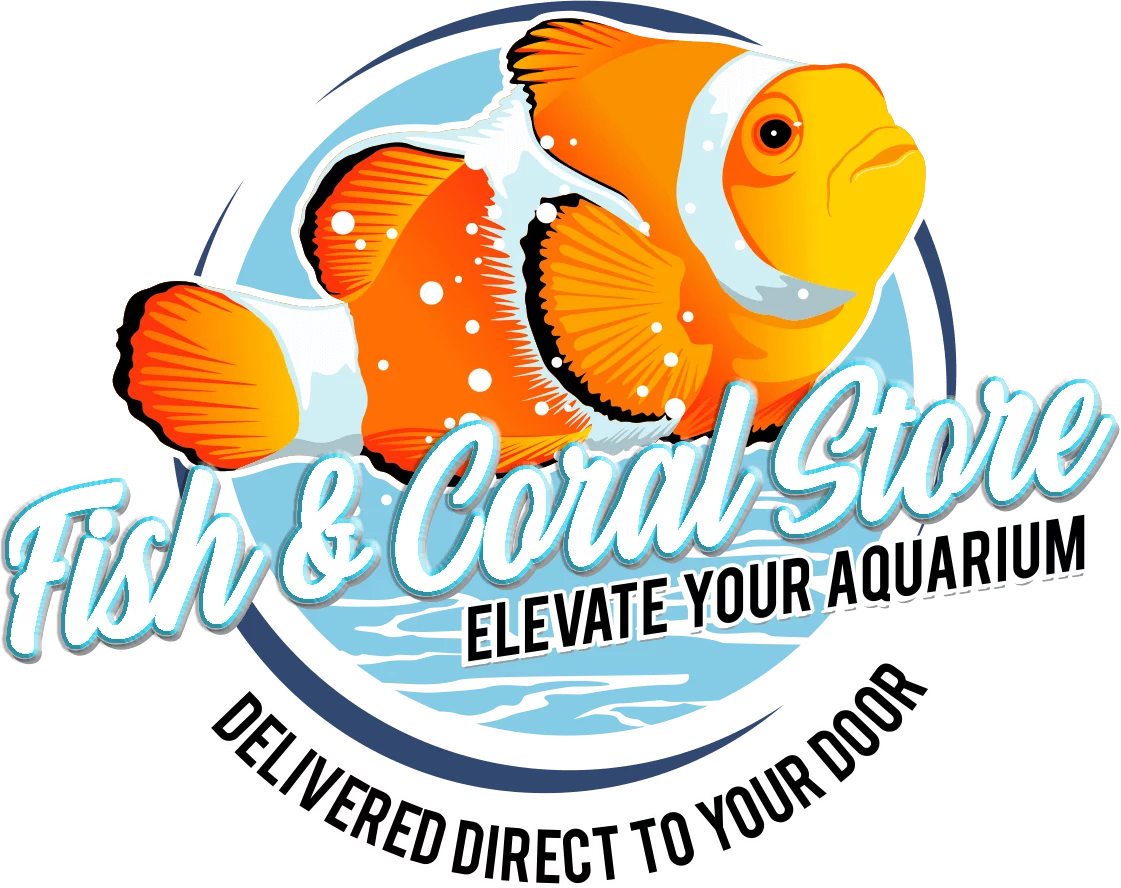
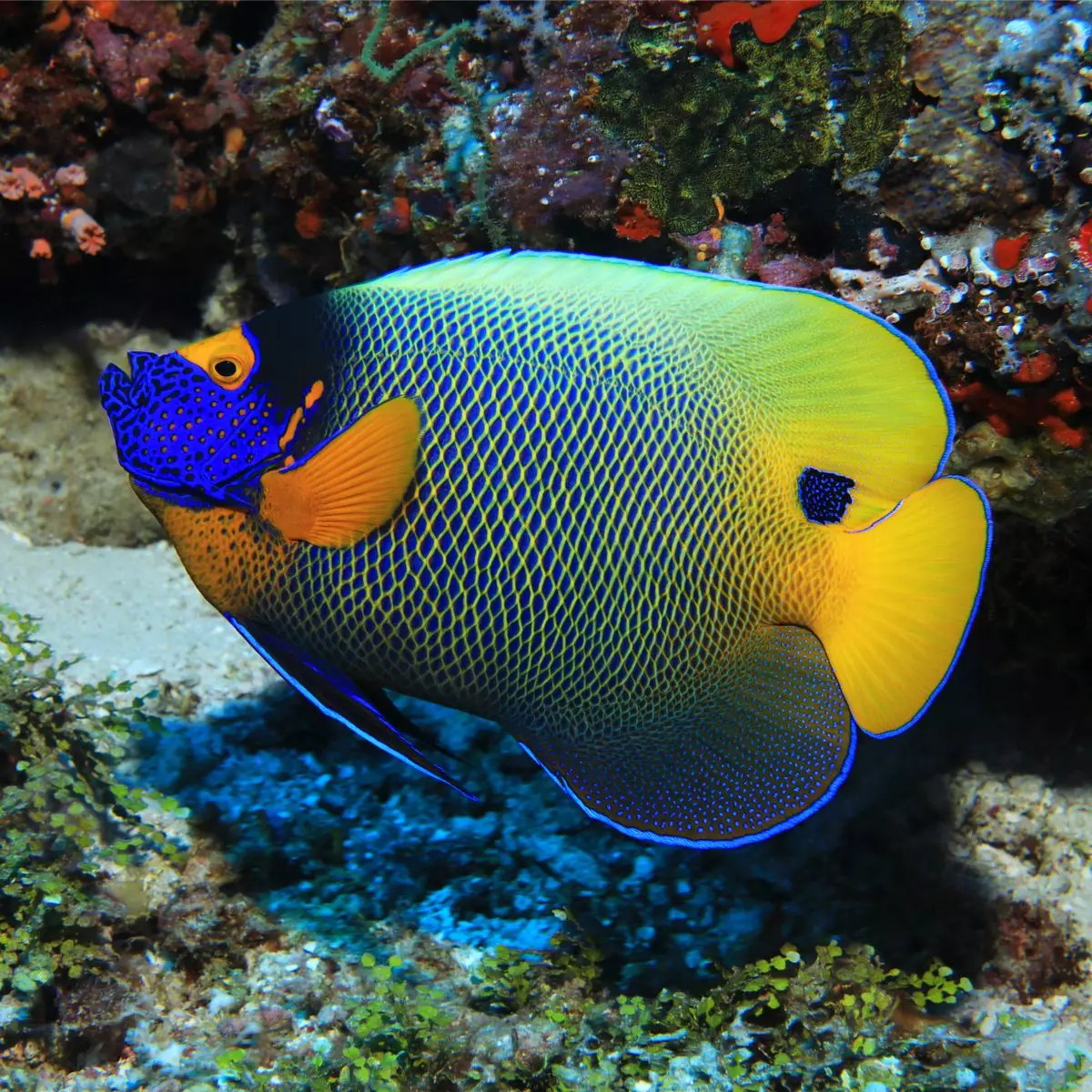
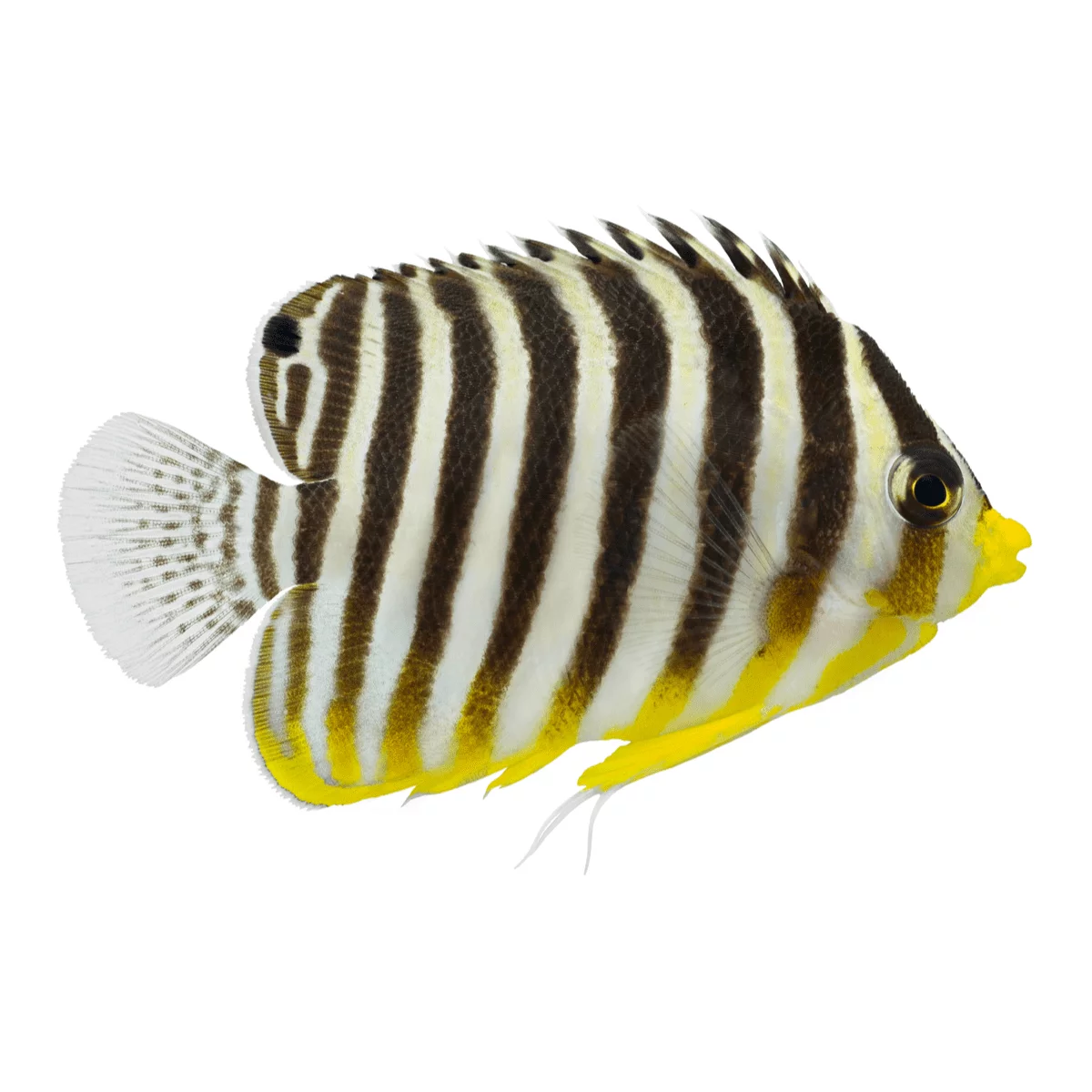
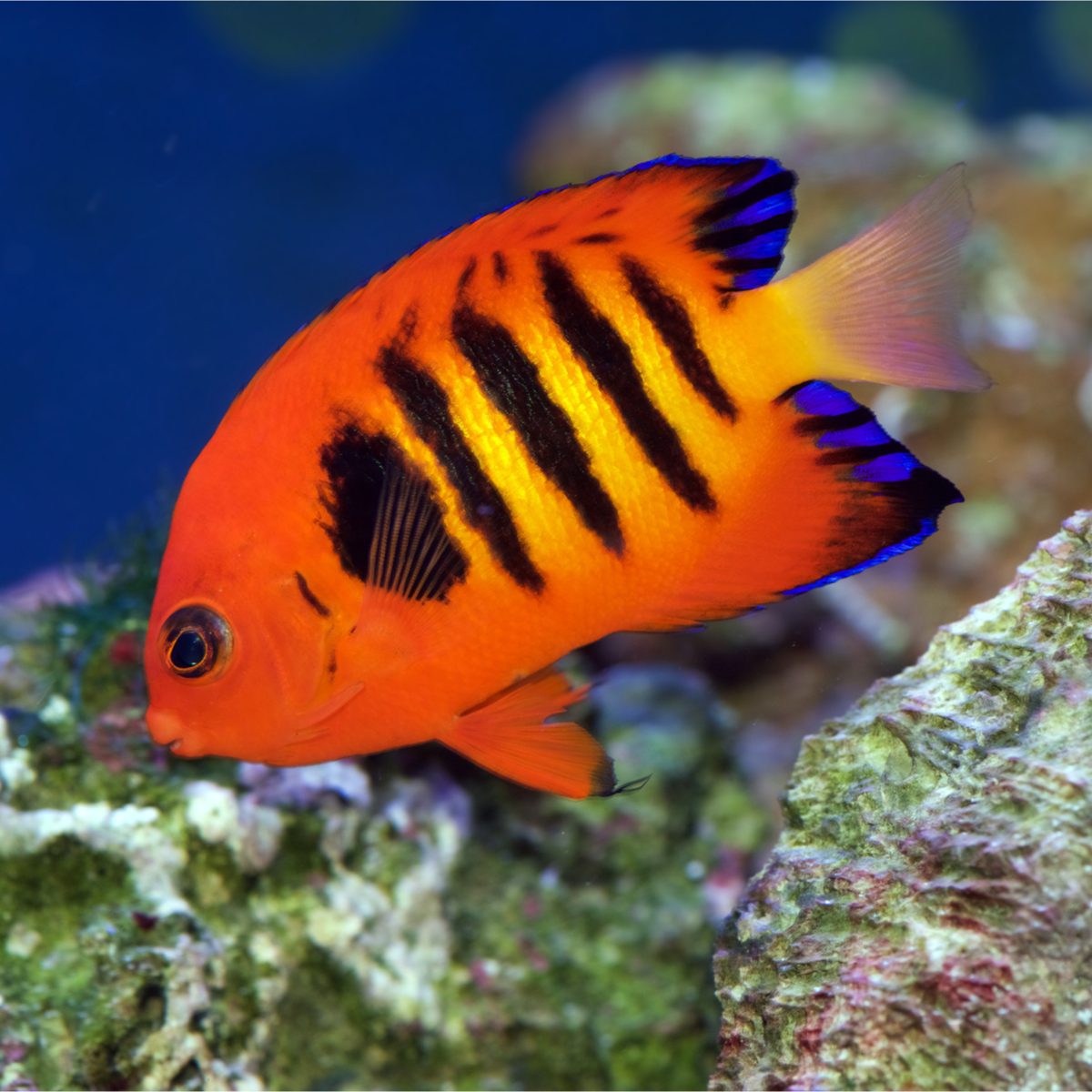
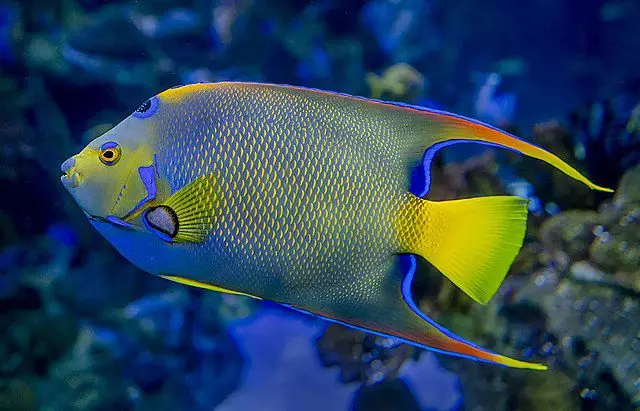

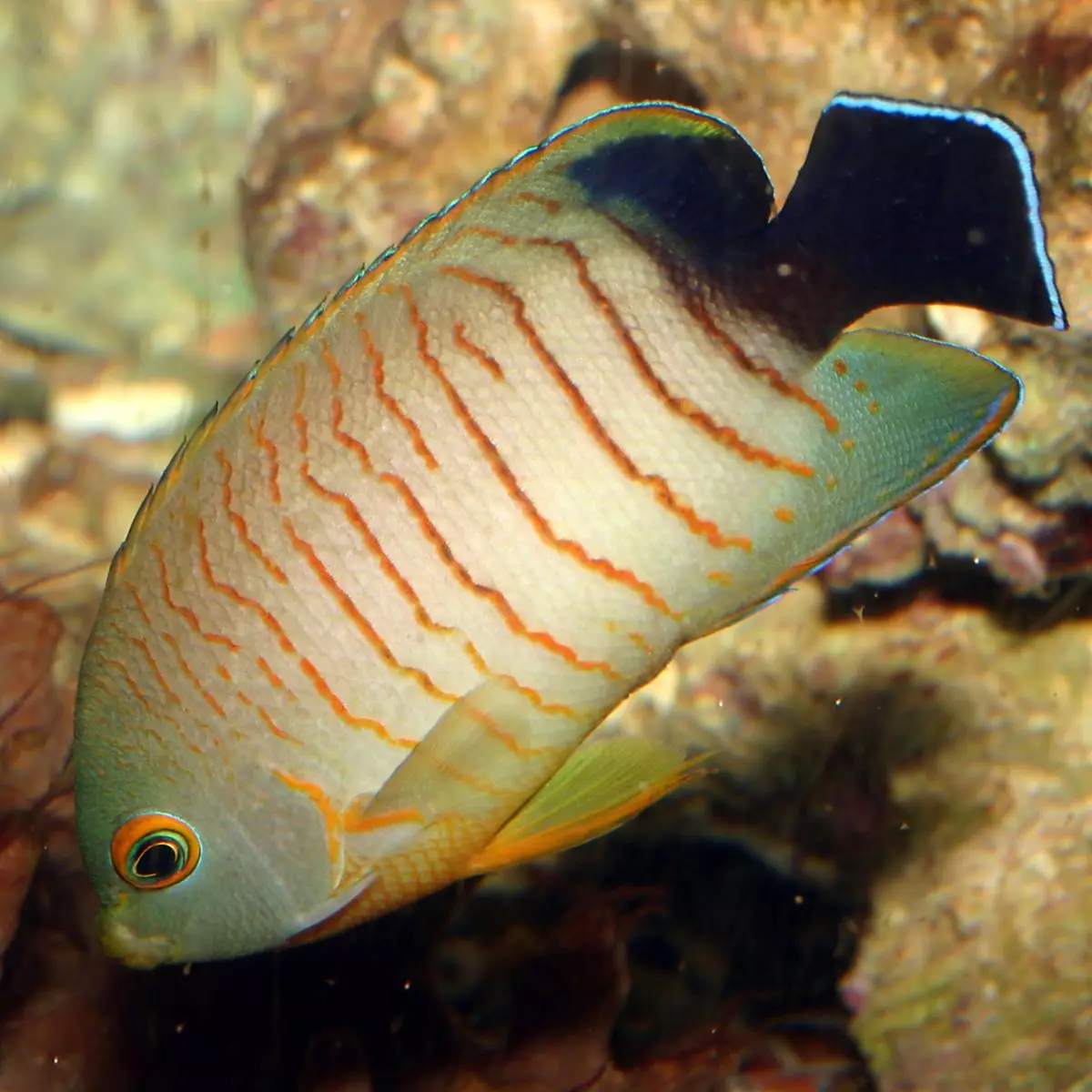
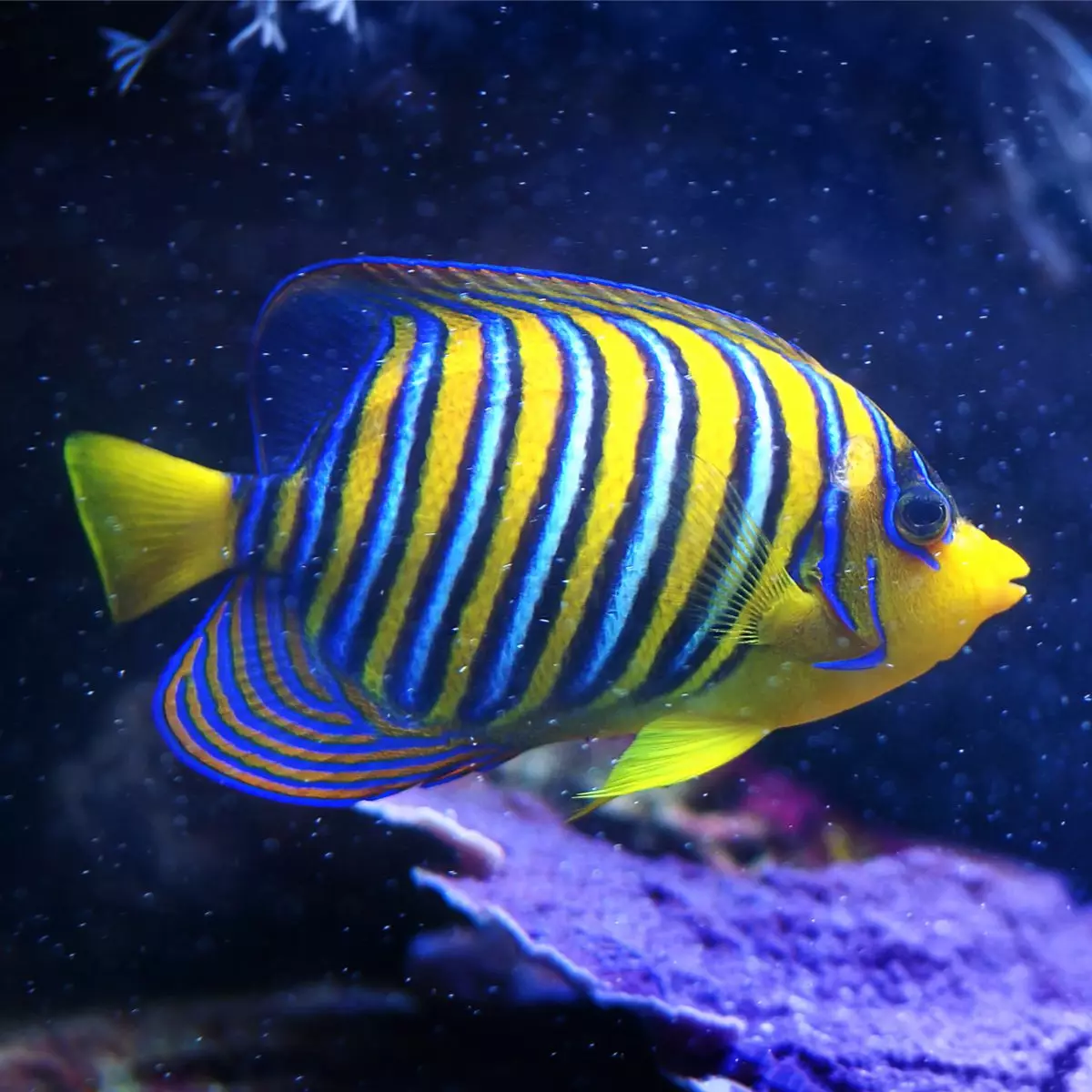
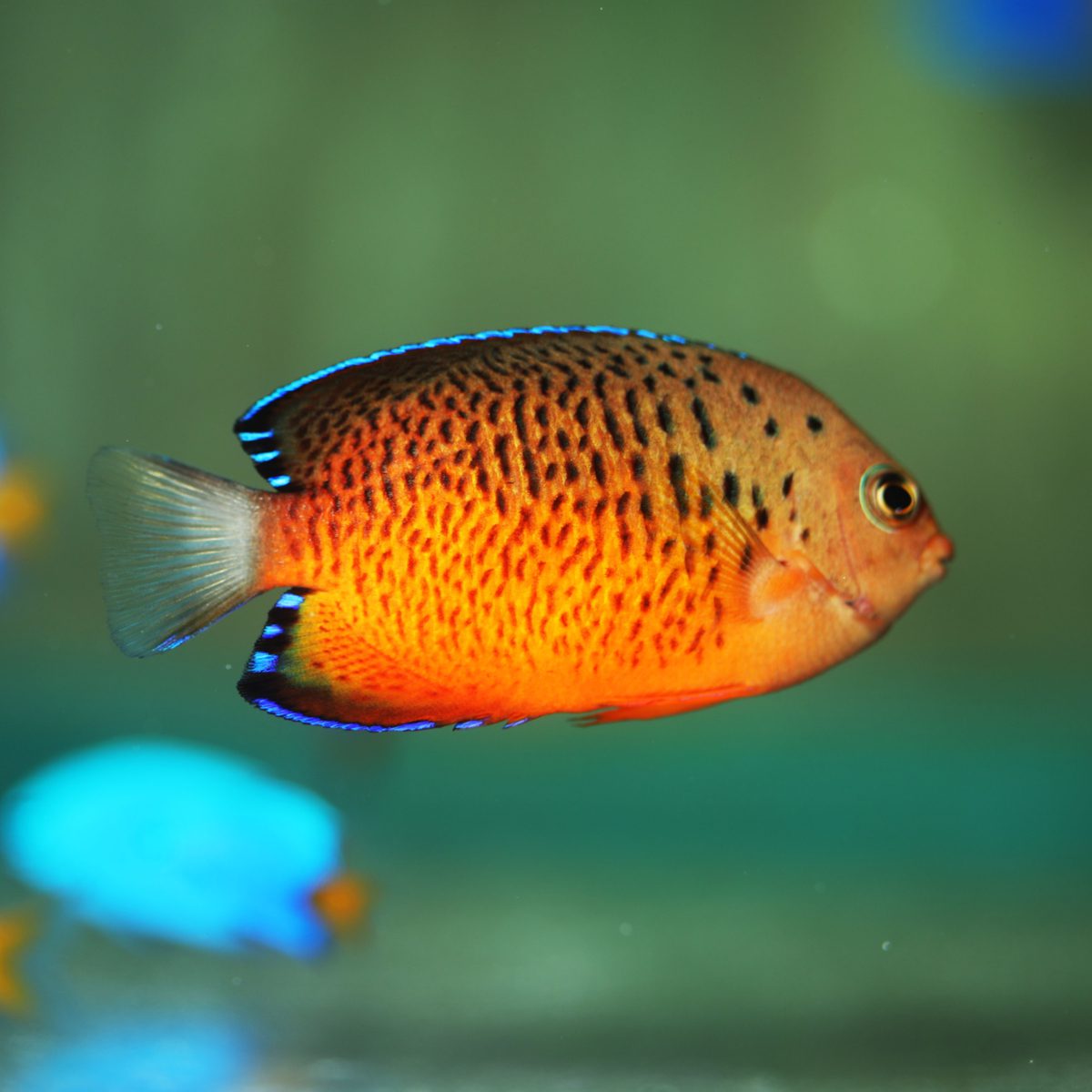
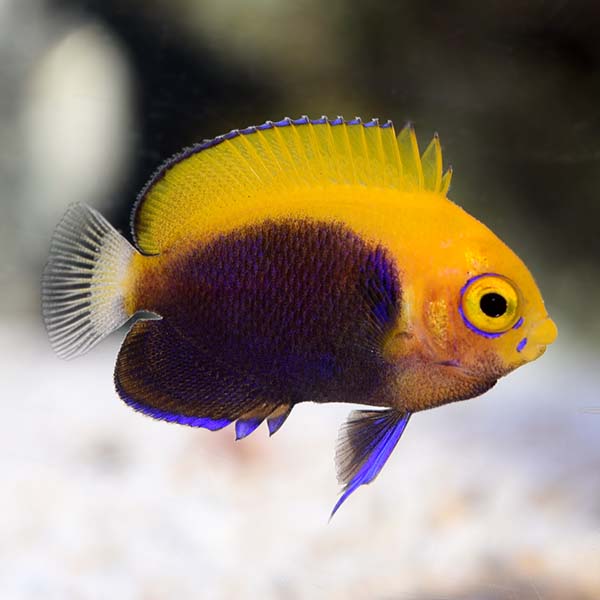

Reviews
There are no reviews yet.